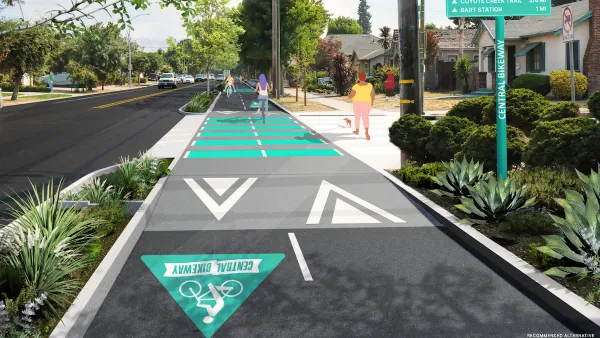Randomized trials show a high rate of success for the Housing First approach to reducing homelessness.

Despite recent opinions that the homelessness response model known as Housing First is too expensive and inefficient, a report from the Urban Institute asserts that “Misconceptions about Housing First ignore decades of evidence of its effectiveness.”
According to the report, “Randomized controlled trials in the US and Canada have demonstrated how permanent supportive housing programs—most of which use the Housing First approach—improve housing and quality-of-life outcomes for participants in the short and long term. Studies have also shown how these programs can reduce reliance on costly emergency services (PDF) and increase access to community-based care.”
The report explains how Housing First interventions help people access supportive services and stable housing by connecting residents with services and healthcare. In Denver, for example, “Permanent supportive housing program participants were more likely to access housing and stay housed than people receiving services as usual. During the first year, people in the treatment group were housed for an average of 172 days, while those in the control group were housed for just 19 days.” More importantly, 80 percent of people in the treatment group were still housed after three years—a dramatic difference from 18 percent in the control group.
The report adds that, for Housing First programs to succeed, they must be funded appropriately. “Permanent supportive housing and other programs based in the Housing First approach can help us work toward ending homelessness. But to meet the housing and supportive-services needs of our communities, these programs need to be funded to scale.”
FULL STORY: Housing First Is Still the Best Approach to Ending Homelessness

Planetizen Federal Action Tracker
A weekly monitor of how Trump’s orders and actions are impacting planners and planning in America.

Silicon Valley ‘Bike Superhighway’ Awarded $14M State Grant
A Caltrans grant brings the 10-mile Central Bikeway project connecting Santa Clara and East San Jose closer to fruition.

Amtrak Cutting Jobs, Funding to High-Speed Rail
The agency plans to cut 10 percent of its workforce and has confirmed it will not fund new high-speed rail projects.

Indianapolis Encourages Tactical Urbanism With Lending Library, Grant Program
Residents can apply to receive assistance with traffic calming projects that can provide valuable data and lead to permanent changes.

Jacksonville Completes Park Street Road Diet
The half-mile corridor now features new bike lanes and sidewalks, as well as roundabouts and new landscaping.

Hanoi to Ban Gas-Powered Two-Wheelers, Later Cars
City officials hope that electrifying motorcycles, a ‘lifeblood’ of Vietnamese transportation, will have a positive impact on air quality and noise in the city’s downtown.
Urban Design for Planners 1: Software Tools
This six-course series explores essential urban design concepts using open source software and equips planners with the tools they need to participate fully in the urban design process.
Planning for Universal Design
Learn the tools for implementing Universal Design in planning regulations.
Yukon Government
Caltrans
New Jersey Institute of Technology
Mpact (founded as Rail~Volution)
City of Camden Redevelopment Agency
City of Norman, Oklahoma
City of Portland
City of Laramie





























